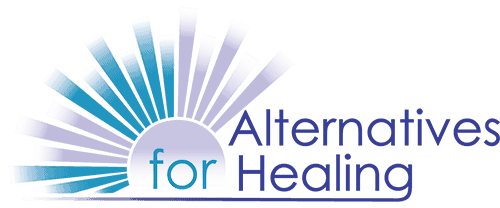by Sandra Kamiak, M.D.
Homeopathy is a highly systematic, scientific method of therapy based on the principle of stimulating the organism’s own healing processes in order to accomplish cure. The basic system was devised and verified by Samuel Hahnemann, a German physician, 200 years ago. Homeopathy’s astounding success rates in both chronic and acute diseases has resulted in its not only standing the test of time, but rapidly achieving widespread acceptance in Europe, India, and South America as well. According to the World Health Organization, homeopathy is the second most practiced form of healing in the world, with Chinese medicine being first.
Throughout history, disease has been viewed from two fundamentally different perspectives. First, as a malfunction of specific parts of the body, or secondly, as results of deeper disturbances of the person as an integrated whole. The former viewpoint is the basis underlying standard medicine (which is called “allopathic medicine”: “allo-” meaning “other” and “pathy” referring to “suffering”). Whatever symptoms arise, they are counteracted by drugs in a reactive fashion: a decongestant for a runny nose, an analgesic for pain, steroids to counteract inflammation, etc.
In homeopathy (“homeo-” means “similar”), each of us is viewed as a total, complete individual, no aspect of which can be separated from any other. To be effective, any valid therapy must be based on a deep understanding of and respect for the uniqueness of each individual. In homeopathy, each patient is evaluated as a whole person — mental, emotional and physical, and the prescribed remedy is based on the unique patterns found on all three levels. This means that each person is given the remedy that will stimulate their particular organism; thus ten people with arthritis might receive ten different “constitutional” homeopathic remedies.
Moreover, any valid holistic therapy recognizes that the organism has its own mechanisms for healing, however incomplete the process may be in any given moment. These healing mechanisms include all chemical and physiological processes so well elucidated by modern science and more subtle processes as well, that are yet to be known. In homeopathy, we begin with the assumption that every individual is fundamentally a mystery, but that there are identifiable laws of cure which we must always follow. To include both the knowable and the unknowable in our understanding, we homeopaths speak of the vital force — the dynamic energy or etheric plane of the organism which animates everything we call life (including not only the physical, but emotional and mental/spiritual levels as well). It is this vital force which is being stimulated specifically by homeopathic remedies. Symptoms are a sign of the vital force trying to heal. This is a fundamental concept that must be understood by all patients and practitioners of homeopathy.
It is an easy concept to understand in the situation of an acute illness such as a cold or flu. The body will produce a fever to kill the virus and a discharge to eliminate it. Often we find that a strong organism is able to produce a high fever to overcome the cold quickly. A weak organism may only be able to muster up a low fever and in this case it may take longer for the cold to pass.
Even in chronic disease the organism tries to defend itself, and the symptoms it produces are evidence of this defense. Unfortunately, chronic illnesses are chronic – that is, continue unabated for a long period of time – because the organism’s vital force is not strong enough to overcome the imbalance. Instead, it smolders along in its best attempts to keep the situation from getting worse. If nothing is done to strengthen the vital force, the patients will find themselves limiting their lives more and more in an effort to conserve energy and prevent deterioration.
The task of the doctor, then, is to gather as much information as possible about the totality of symptoms—mental, emotional, and physical—in order to understand all the ways in which the vital force is already acting. The remedy ideally will stimulate the vital force in precisely the ways in which it is already acting thereby enabling it to overcome even chronic disease. This is the famous law of Similars. In homeopathy, prescriptions are based solely on the language of the vital force as it manifests in symptoms verbalized by you and the physical observations made by the doctor; it is not based on laboratory data, machine technology, extrapolation from animal studies, etc.
However, homeopathy is not herbal medicine.
Homeopathic remedies are prepared by FDAapproved homeopathic pharmacies, from over 2500 mineral, plant, and animal sources. Each remedy has been experimentally tested on human beings in order to determine which type of individual responds most strongly to which substance. (This tells us the type of person whose vital force will be strengthened by that substance) It is as if there is a kind of resonance between each person in any given moment and some mineral, plant, or animal substance. The task of the homeopath is to match the total picture of symptoms, provided by you, with a homeopathic remedy, which will effectively resonate with your vital force as a whole. It is this powerfully stimulated vital force which then cures whatever disease(s) may be present.
Sandra Kamiak, M.D.
408-741-1332
SKamiak@aol.com
www.sandrakamiakmd.com

